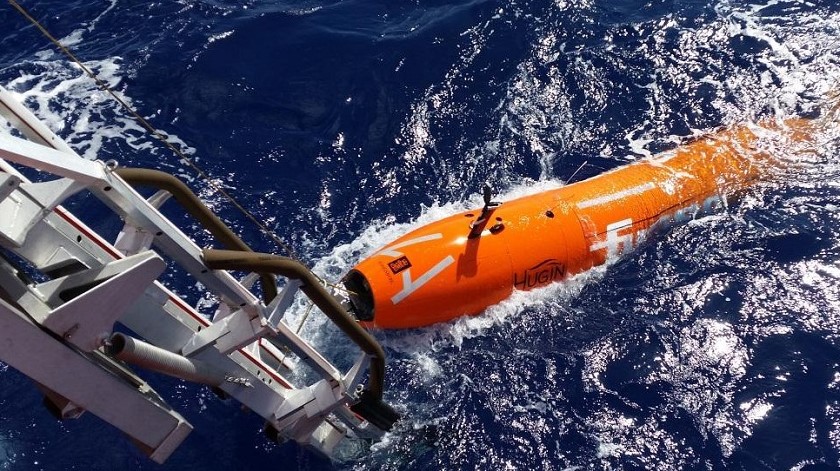MH 370: Scientists increasingly confident about wreckage location.
04 July, 2017
3 min read
By joining our newsletter, you agree to our Privacy Policy


Australian scientists are increasingly confident about drift modelling used to predict the location of missing Malaysia Airlines flight MH370 and say a resumed search would need to target a relatively small area.
A CSIRO report released in April concluded a region in the Southern Indian Ocean near the so-called seventh arc and latitude 35°S was the likely resting place of the airliner, which mysteriously disappeared in March 2014.
READ: MH370 was in a high speed dive
The finding was consistent with findings in 2016 by a group of international experts that the airliner is probably in a 25,000 sq. km area north of where the plane was originally thought to be.
A two-year sweep of the original 120,000 sq, km. search area failed to find any signs of the wreckage and was ended by the Malaysian, Australian and Chinese governments in January amid criticism it was abandoned too soon.
Transport Ministers from the three countries said the search would not be resumed unless there was credible new information which could be used to identify the aircraft’s position, although they failed to define what this meant.
Australian Transport Safety Bureau staff, CSIRO scientists and other experts have been working since to assemble evidence that would warrant a resumption.
The initial search area was determined using a complex analysis of communication handshakes between the plane and a geostationary satellite that were used to define a section of the seventh arc. But the thinking was refined after debris began turning up in the West Indian Ocean to ultimately lead to the new 25,000 sq, km search area.
Playing a key part in this was a moveable wing panel known as a flaperon confirmed to be from the Boeing 777 and found on Reunion Island, off the coast of Africa, in July 2015.
Initial drift modelling used replicas of the flaperon to mimic the original’s characteristics but CSIRO scientists were able to refine their research using an actual part from a B777 cut down to reflect the condition of the MH370 debris.
Other factors taken into account included the failure of a surface search conducted in the weeks after the crash to find signs of debris, the fact no wreckage washed up on the West Australian coast, modelling of the flight and the location and timing of the debris in the West Indian Ocean.
The CSIRO team led by Dr David Griffin has since made further refinements and narrowed down the prospective search area after looking more closely at an ocean current flowing towards the northwest in the weeks after the crash.
That flow, which would have taken debris away from Australia, crosses the seventh arc in an area that was partially searched but researchers have now looked at the boundaries of the current in relation to areas outside that search.
“This leaves two prospective regions, one on each side of the arc, both within the core of the current,’’ he said. “It is easier to locate the core of the current than precisely estimate its width. We said 100km at first but 60km might be more accurate.
“One thing is clear: the most prospective region near 35 South is a small subset of the region that you would search in order to be exhaustive.’’
Next Article
Virgin gets nod for Tiger deal

Get the latest news and updates straight to your inbox
No spam, no hassle, no fuss, just airline news direct to you.
By joining our newsletter, you agree to our Privacy Policy
Find us on social media
Comments
No comments yet, be the first to write one.
